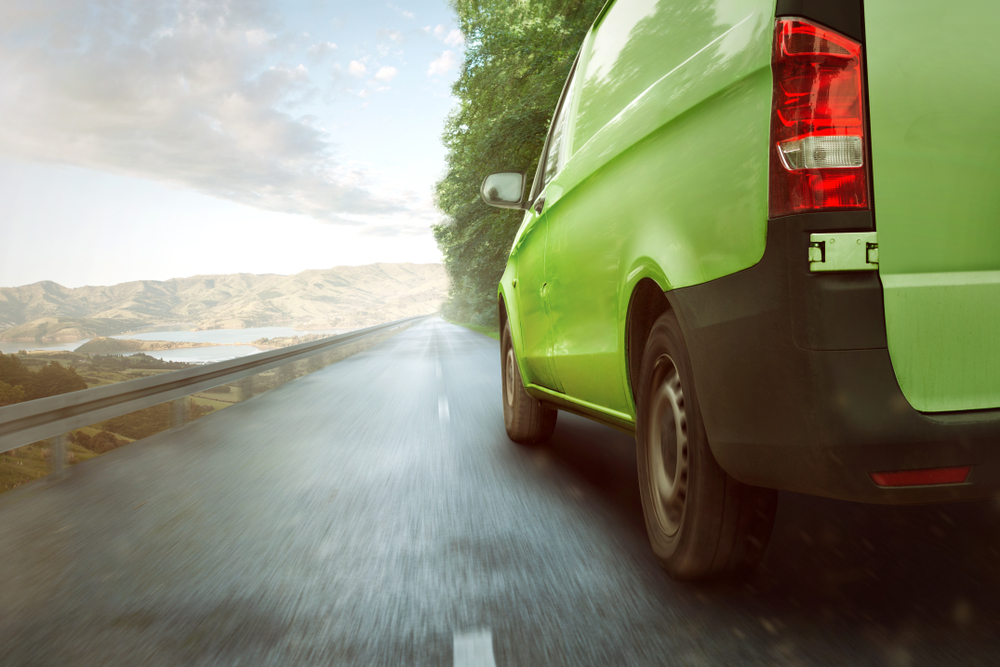COVID has made us all sustainability conscious. At last, we all realize the importance of the cleanliness of the air we breathe, the environment in which we live.
All small and medium last mile logistics players had to fight for survival. Survival was questioned on three accounts
- To get Delivery associates to keep deliveries unabated,
- Adjust to the demand with disparity in the shipments mix between essentials and non-essentials, and
- How do we get the components for EV fleet, which applies to green logistics companies like us. Grocery mix for us spiked close to 45% in the first two months of lockdown, which is almost double as compared to earlier.
DOT is in the B2B space for 5 years and has an inspirational vision – to bring sustainable energy, real jobs, and a thriving community approach to the field of last mile delivery and transportation. It’s not only about the movement of services (packages) through the last mile of delivery but also a movement (a cause) with the power to igniting the passion in everyone to make a difference to their community and the environment they live in. As the saying goes, “do not let a serious crisis go waste”; DOT has taken this by its stride, devised mechanisms to
- solve the SUPPLY side, ensure associates feel safe and comfortable delivering – training on safety, social distancing, launched the COVID insurance program
- kept inventing small yet compelling solutions for its customers like a delivery application, delivery status dashboard for visibility
- supported Kirana shops to deliver directly to customers
- taken steps towards Atmanirbhar Mission, by working with small scale manufacturers for EV components
- improve vehicle utilization by helping our customers even for middle mile.
Our Government has been proactive in building policies around sustainable solutions through EV. Some of the key policies has come through FAME (Faster Adoption and Manufacturing of (Hybrid &) Electric Vehicles in India), subsidy to customers purchasing EVs, allowance for sale of EVs without batteries.
However, to improve effectiveness of the policies, we should partner with the Government on:
- Battery Standardization size, shape, voltage for swapping, utilization of charging stations, swap-ability (we use a different voltage in our 2W / 3W)
- Reduce financing cost for EVs to improve adoption, bring it in line with ICE vehicles, providing a level playing field
- Direct subsidy to customers and/ or an efficient mechanism to transfer the subsidy to manufactures which will further reduce cost of acquisition – here cost goes up as working capital is locked till subsidy is received
- Providing benefits to small and medium manufacturing units who help in Localization of EV components (like motors, batteries, BMS, shock absorbers and so on)
We need to work together to make EVs popular, affordable, and a first choice. The large e-commerce players have pledged to move into EV by end of 2025/2020. Last mile consumes the highest cost (around 40%-45% of total logistics cost). Higher costs are attributed to
- shipments fail to reach the end customer requiring return to origin movement and multiple delivery attempts
- increasing penetration requirement leading to higher distance travel
- low adoption of EVs which provide better unit economics
- poor vehicle utilisation as there is still no 100% fool proof way to estimate demand at pin code level
While these are some baby steps in the right direction, the leap will only happen when we all join hands and think for the betterment of the community in totality rather than in silos. We are working to see how we can get EV batteries on rentals. Let us all take a pledge for a better India and a better world with zero tail pipe emissions in last mile to start with by end of 2023. As we get acclimatized to the new normal, let us join this movement and say “what you think you become, what you feel you attract, and what you IMAGINE you CREATE”.



